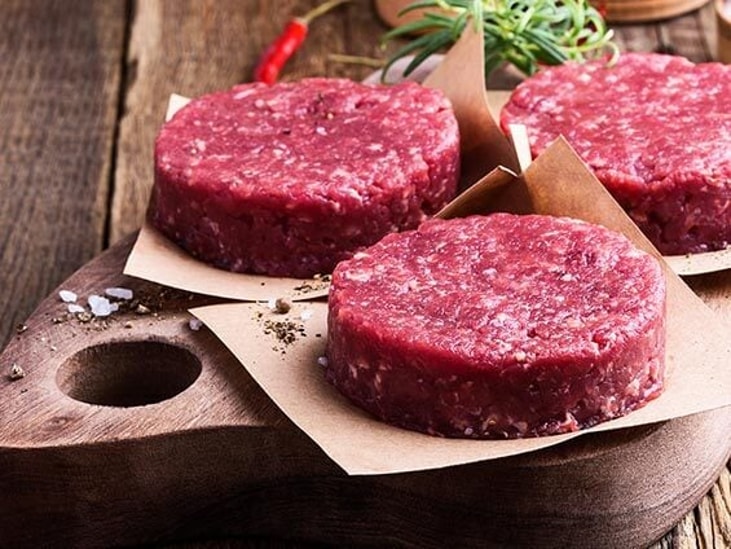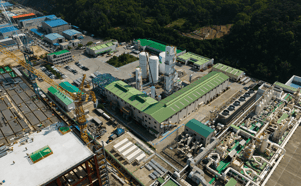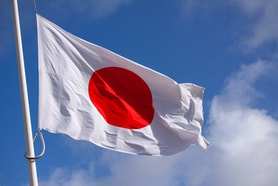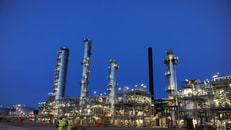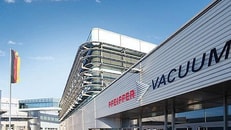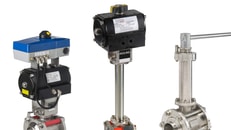In focus… Food and beverages
Last year, the British government warned its food producers to prepare for an astounding 400% rise in carbon dioxide (CO2) prices after extending emergency state support to avoid a poultry and meat shortage caused by ever-increasing costs of wholesale natural gas.
These warnings, coupled with price hikes and warnings of a potential food shortage, brought to the fore just how reliant our supply of food and drink is on the delicately balanced machinations of the global CO2 industry.
Why is the food and drink sector so desperately dependent on gases? Doom and gloom aside, industrial gases and CO2 in particular plays a vital role in each stage of food and beverage manufacture, preservation, transport, and supply. So how is it used and what impact could a shortage have on our daily lives?
According to the International Energy Agency (IEA), some 230 million tonnes (Mt) of CO2 are used every year. The largest consumer is the fertiliser industry, where 130 Mt of CO2 is used in urea manufacturing, followed by oil and gas, with a consumption of 70-80 Mt of CO2 for enhanced oil recovery.
... to continue reading you must be subscribed

